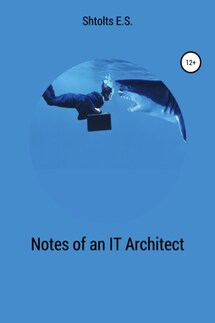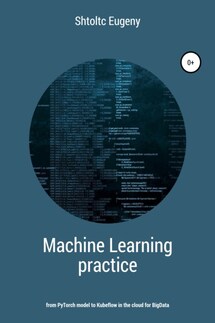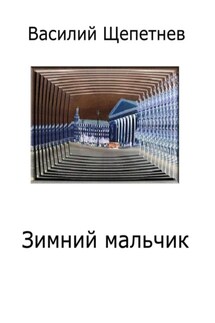Machine learning in practice – from PyTorch model to Kubeflow in the cloud for BigData - страница 2
When a neuron is trained with a teacher, we send training signals to it and get results at the output. For each input and output signal, we receive a result about the degree of error in prediction. When we ran all the training signals, we got a set (vector) of errors that can be represented as a function of errors. This error function depends on the input parameters (weights) and we need to find the weights at which this error function becomes minimal. To determine these weights, the Gradient Descent algorithm is used, the essence of which is to gradually move to the local target, and the direction of movement is determined by the derivative of this function and the activation function. The activation function is usually sigmoid for regular networks or truncated ReLU for deep networks. Sigmoid outputs a range from zero to one at all times. The truncated ReLU still allows for very large numbers (information is very important) at the input to transfer more than one to the output, there they themselves affect the layers that follow immediately after. For example, the dot above the dash separates the letter L from the letter i, and the information of one pixel affects the decision making at the output, so it is important not to lose this feature and transfer it to the last level. There are not so many varieties of activation functions – they are limited by the requirements for ease of training when it is required to take a derivative. So the sigmoid f after arbitrarily turns into f (1-f), which is effective. With Leaky ReLu (truncated ReLu with leakage) it is even simpler, since it takes the value 0 at x <0, then its wired in this section is also 0, and at x> = 0 it takes 0.01 * x, which with the derivative will be will be 0.01, and for x> 1 it takes 1 + 0.01 * x, which gives 0.01 for the derivative. Calculation is not required here at all, so learning is much faster.
Since we send the sum of the products of signals by their weights to the input of the activation function, then conceived, we need a different threshold level than from 0.5. We can shift it by a constant, adding it to the sum at the input to the activation function using the bias neuron to remember it. It has no inputs and always outputs one, and the offset itself is set by the weight of the connection with it. But, for multi-neural networks, it is not required, since the weights themselves by the previous layers are adjusted to such a size (smaller or negative) in order to use the standard threshold level – this gives standardization, but requires a larger number of neurons.
When training a neuron, we know the error of the network itself, that is, on the input neurons. Based on them, you can calculate the error in the previous layer and so on up to the input – which is called the Backpropagation method.
The learning process itself can be divided into stages: initialization, learning itself, and prediction.
If our figure can be of different sizes, then pooling layers are applied, which scale the image down. Which algorithm will calculate what will be written when merging depends on the algorithm, usually this is the “max” function for the “max pooling” or “avg” algorithm (mean-square value of neighboring matrix cells) – average pooling.
We already have a few layers. But, in neural networks used in practice, there can be a lot of them. Networks with more than four layers are commonly called deep neural networks (DML, Deep ML). But, there can be a lot of them, so there are 152 of them in ResNet and this is far from the deepest network. But, as you have already noticed, the number of layers is not taken, according to the principle, the more the better, but prototyped. An excessive amount degrades the quality due to attenuation, unless certain solutions are used for this, such as data forwarding with subsequent summation. Examples of neural network architectures include ResNeXt, SENet, DenseNet, Inception-Res Net-V2, Inception-V4, Xception, NASNet, MobileNet V2, Shuffle Net, and Squeeze Net. Most of these networks are designed for image analysis and it is the images that often contain the greatest amount of detail and the largest number of operations is assigned to these networks, which determines their depth. We will consider one of such architectures when creating a number classification network – LeNet-5, created in 1998.








